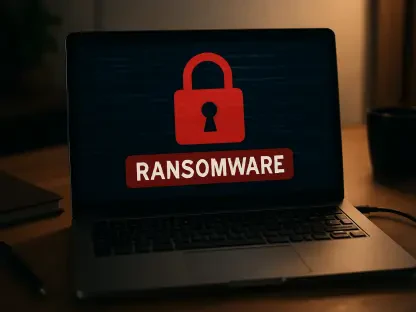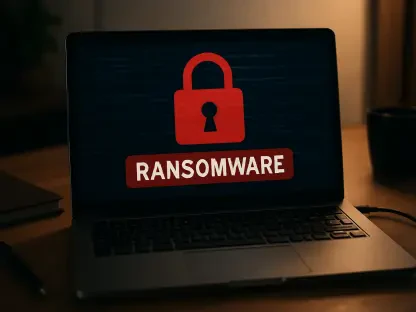When a critical real estate finance vendor confirms that intruders siphoned legal agreements and accounting records without tripping a ransomware lock, the immediate concern shifts from downtime to data exposure across the financial stack. SitusAMC’s disclosure set that tone: attackers accessed systems, exfiltrated confidential material, and potentially touched client customer data, but did not encrypt infrastructure. The breach was confirmed on November 15, with targeted notifications the next day and a broader alert on November 22, signaling an effort to balance speed with uncertainty. The FBI’s involvement, paired with assurances that services remained operational, suggested a containment-first posture. Still, the disclosure landed in a sector where third-party dependencies knit banks, asset managers, insurers, and private equity firms into tight operational webs, making any vendor compromise a sector-wide risk test.
Inside The Breach And Early Fallout
SitusAMC said it reset staff credentials, disabled remote access tools, updated firewall rules, and tightened security settings while external experts continued forensic work. Those moves aligned with standard incident response, but the attack’s nature—exfiltration without encryption—pointed to a targeted hunt for highly monetizable records: contracts, cash-flow details, and legal instruments that map to asset ownership and counterparty risk. Reporting indicated that Citi, JPMorgan Chase, and Morgan Stanley received notices as potentially affected, though public impacts remained unverified. The vendor serves more than 1,500 clients across residential and commercial markets in the U.S., and holds a large European commercial footprint overseeing a portfolio exceeding €105 billion. Against that backdrop, even partial compromise of data repositories could cascade into privacy, contractual, and compliance exposures for institutions whose controls depended on the vendor’s safeguards.
The incident also fit a broader pattern: adversaries increasingly prefer covert data theft over operational disruption, especially when targeting financial workflows rich with sensitive documentation. Rapid notification and continuity messaging have become the norm among regulated service providers, yet early-stage investigations invariably leave big questions unanswered—what datasets were touched, which environments were traversed, and how extensively credentials were abused. For major banks, the lack of finality forced risk managers to treat the event as a live-fire vendor scenario, reviewing identity federation, data-sharing pipes, and escrowed document stores that might intersect with SitusAMC systems. Moreover, international exposure raised jurisdictional nuance: fragmented privacy rules, divergent breach-reporting clocks, and cross-border data flows complicated the effort to quantify obligations while preserving normal operations and client confidence.
Contagion Risk And Practical Implications
Because SitusAMC sits inside real estate finance workflows—valuation, servicing, securitization, and diligence—the ramifications extended beyond headline names. Loan-level tapes, servicing ledgers, and negotiated covenants can reveal borrower profiles and transaction structures, offering high-value intelligence to threat actors. Even if core banking platforms were untouched, document-centric data could enable credential stuffing, targeted social engineering, or insider-style fraud. That is why continuity alone did not settle nerves; maintaining uptime matters, but visibility into what moved and who touched it defined the real risk window. Institutions also weighed downstream regulatory scrutiny, recognizing that client data handled by a vendor can trigger obligations similar to a direct breach, and that investor communications may be needed when material information could have been exposed.
The most credible next steps centered on containment and verification rather than reassurance. Banks and buy-side firms typically rotated keys and tokens tied to vendor connections, limited access scopes on shared repositories, and expanded logging on identity providers to detect lateral movement. Data owners mapped which instruments and portfolios relied on SitusAMC workflows, then prioritized monitoring for anomalous queries, unusual downloads, and sign-ins from new geographies. Threat-hunting teams cross-checked for reuse of exposed credentials and scanned for document fingerprints surfacing on criminal forums. In parallel, legal teams revisited contract clauses on breach notification, audit rights, and segmentation standards to bake in sharper obligations. Taken together, those moves acknowledged that the breach had reshaped the trust model and that immediate, verifiable controls—rather than assurances—had offered the clearest path to risk reduction.









